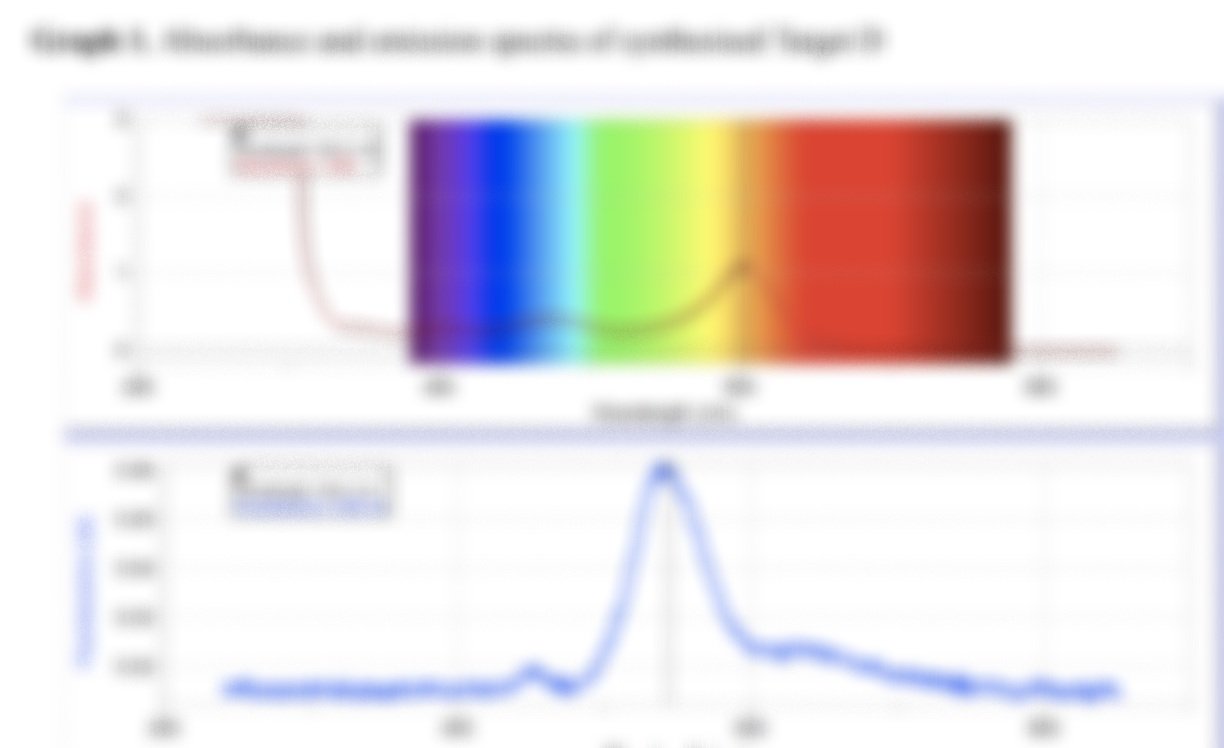
Synthesis and Electrochemical Analysis of Pyrylium Salts as Photoredox Catalysts
UNC-CH CHEM 262L: Organic Chemistry II Laboratory
Course research presentation for CHEM 262:: Organic Chemistry II Lab (Course-based Undergraduate Research Experience Class) @ UNC; presented by Alondra Rodriguez-Hernandez and Parker Jenkins
Abstract: Pyrylium salts have been essential in the development of photoredox catalysis due to their efficiency in adding electron withdrawing or donating groups on to a phenyl ring, which in turn affects their efficiency as a catalyst. Photoredox catalysis is environmentally sustainable and provides high levels of specificity in adding substituents to phenyl rings. To synthesize our own pyrylium salt, 1-naphthaldehyde and 4-methoxyacetophenone were combined to form a generic pyrylium (Target D), which underwent electrochemical analysis (UV-Vis, 1H NMR, and cyclic voltammetry) to determine if the synthesis of our target was successful and to determine its potential as a photoredox catalyst. After analysis, it was determined that our product contained a mixture of chalcone, the pyrylium intermediate, and Target D. Based on our synthesis, combining 1-naphthaldehyde and 4-methoxyacetophenone in sulfuric acid results in the successful synthesis of a pyrylium salt. Furthermore, the structure of the pyrylium salt has a direct impact on the absorbance, emission, electrochemical properties, and efficiency of the compound as a photoredox catalyst.
From our discussion: “To conclude, pyrylium salts with high electron-donating substituents have a higher excited-state potential. As a result, they are more effective as oxidizing agents and photoredox catalysts than pyrylium salts with high electron-withdrawing substituents, as pyryliums with high electron-withdrawing substituents have a lower excited-state potential and are therefore less effective photoredox catalysts. Our results showed a mixture of pyrylium and chalcone; therefore, the synthesis of Target D did not go to completion. However, upon further analysis of the product obtained, the absorbance and emission recorded were very similar to the overall averaged class data for synthesized Target D. Similarly, data for E1/2 and E1/2* of our product was very similar to overall averaged class data for the cyclic voltammogram of Target D. Based on these analyses, although our overall synthesis did not go to completion, the amount of pyrylium that was obtained was a successful synthesis of Target D. Our experiment showed that combining a benzaldehyde and acetophenone results in the synthesis of a pyrylium salt, with a reactive chalcone as an intermediate. Furthermore, we showed that the electrochemical properties, absorbance, and emission of a pyrylium are dependent on the structure and substituents of the pyrylium salt, and that the efficiency of a pyrylium salt as a photoredox catalyst is dependent on its excited-state potential.”



